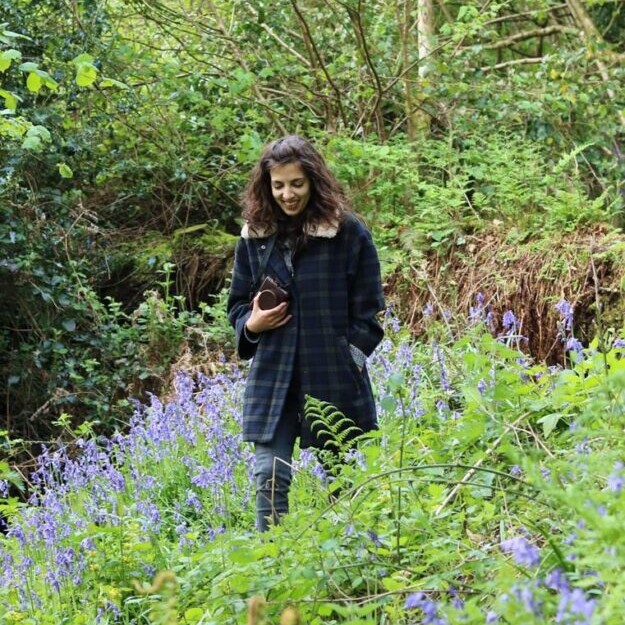10 Top Tips:
Creating & Distributing Creative Packs for Families
Over lockdown we’ve seen a huge range of arts organisations across the UK using innovative ways to bring creativity into the homes of families.
Our recent webinar Reaching Families in Need with Creative Packs & Resources looked at approaches to connecting with families who may not have easy access to digital tools and content. Creative packs and resources can be a great way to engage different age groups with creativity at home and away from screens and devices.
Here we look at the practicalities of putting these packs together and getting them out to families on the ground. Thanks to Lou Taylor from Bristol’s Children’s Scrapstore for compiling her ten top tips.
1. Order ahead
Suppliers sometimes need several weeks to turn orders around, especially in recent months. Make sure you factor this into your timescale, to avoid a last-minute panic!
2. Content
To keep things manageable, provide content for a range of possible outcomes, rather than offering range of different pack options. Check the size and age appropriateness of materials you’re including, such as scissors. Ensure that families won’t need any extras – and that they know the pack will include everything that they’ll need.
3. Scrapstores
Using Scrapstore resources can be great way to access materials in bulk at a very reasonable price, whilst helping to ensure that pack contents inspire curiosity and creativity over time. Find the national database at reusefuluk.org.
4. Project testing
It’s really important that the projects that you have designed are compatible with the pack contents, especially as you’re not there in person to support the creative process. Taking time to test the projects first means that you can be confident in the user experience. Including a printed resource in the pack itself helps to ensure that projects are accessible to families who don’t use the internet.
5. Process before packing
If your packs contain items that need trimming, coiling, counting out, folding or wrapping, consider completing these tasks in bulk before putting the packs together – this should make the packing part much quicker and more efficient!
6. Volunteers
Recruiting volunteers is a valuable way to increase capacity. Creating a dedicated volunteer space helps to keep resource pack projects organised and on track. You could try sharing volunteering opportunities at do-it.org.
7. Partnership working
Making connections with other organisations can help to fulfil larger projects. Direct skillsets where they are most effective and ensure that packs are reaching the families who need them.
8. Storage
Packs can quickly claim the space! Think about how well they will stack, how long you’ll need to store them and how you will access the packs that you need in the order that you need them. Some sturdy, stacking crates could help.
9. Transport
Distribution partners might have a different idea about the size and weight of resource packs. Double check that they know what to expect so that they can choose their vehicle accordingly!
10. Feedback
Getting feedback from users is essential. As well as using feedback to report to funders, it is a valuable prompt for adapting and refining pack design and delivery. Plan in advance how you’ll collect this in a way that is easy and accessible for the families you’re reaching.
19 October 2020
FURTHER INFORMATION

Lou Taylor is the Events & Marketing Officer for Children’s Scrapstore, a Bristol charity with a combined focus on Reuse, Art and Play. She is the Family Arts Campaign Ambassador for the Bristol Family Arts Network.




